Whether you’re new to the world of skincare or you’re just getting comfortable, AHAs and BHAs can be more than a little intimidating.
Touted as the path to smoother, clearer, younger-looking skin, both AHAs and BHAs are wildly popular hydroxy acids. Even though they may seem scary at first, with a little bit of information you’ll be ready to incorporate one (or both!) into your routine.
But before we get too far ahead of ourselves, AHAs and BHAs are still potent acids with some important properties to be aware of.
Why use ahas and bhas at all?
Many people choose to include acids in their routine simply because they’re well-known for fighting many skin problems, from aging and sun spots to acne and uneven skin texture. The answer to why use acids? Because they really can do it all.
Working with AHAs and BHAs in your skincare routine can end up being the best thing ever – or the worst – and the difference boils down to your understanding of how they work, and which you choose.
The similarities
AHAs (alpha hydroxy acids) and BHAs (beta hydroxy acids), as their names give away, are acids.
Both AHAs and BHAs act as chemical exfoliants by helping skin cells to shed – which is why you’ll find them as key ingredients in chemical peels.
Because they both exfoliate, they can both diminish the appearance of fine lines and wrinkles, make skin look and feel firmer, keep the skin better hydrated, improve dull or uneven skin tone, and smooth out rough skin texture. Both could, therefore, be effective in treating acne and acne scars, as well as unclogging pores.
But the answer to which acid you should choose for your skin is found in the differences, not the similarities.
ahas
AHAs are found naturally in fruits and cane sugar. Glycolic acid, lactic acid, mandelic acid, and malic acid are the ones more commonly used in skincare products.
These hydroxy acids are used for the treatment of skin conditions like acne, scarring, pigmentation, skin dryness, and wrinkles.
AHAs work by exfoliating epidermal cells, which remedies a dull, rough appearance and promotes cell renewal. This results in softer, smoother skin, faded wrinkles, lightened age spots, and decreased blemishes.
AHAs also improve the skin’s barrier function and restore hydration, which makes them ideal for people with damaged and aging skin.
bhas
In cosmetics, BHAs refer specifically to salicylic acid (SA), which is derived from willow bark and is not suitable for people allergic to salicylate.
SA has been around for a long time and is known for its ability to work on the skin’s surface, as well as deep inside the pore. It’s oil soluble, so it works well on skin that’s prone to bumps, clogs, blemishes and enlarged pores.
BHAs are most commonly and exclusively used for acne breakouts, as they loosen the bacteria and debris that can clog pores and cause breakouts, as well as exert calming and anti-inflammatory effects which reduce the redness of pimples.
All of these properties make BHAs like salicylic acid suitable for sensitive skin that’s prone to redness, irritation, and/or rosacea, as well as a safe option for those with dark or pigmentation-prone skin.
which should i choose?
Despite having similar effects, AHAs and BHAs aren’t both right for everyone. While some people can use both happily, others might have to be more careful with which one they choose.
The answer to the question of which to choose will inevitably be a little different for everyone.
When choosing between AHAs and BHAs for acne-prone skin, the answer is to choose BHAs (or a combination of AHAs and BHAs). However, when choosing to use AHAs, which AHA we ultimately go with will require a little more inquiry into our skin’s needs, as all of the AHAs have slightly different potencies and side effects.
Glycolic acid is the smallest AHA, making it the most potent (effective), offering the most dramatic results. Most of the studies we have on the benefits and safety of AHAs comes from glycolic acid studies.
Formulations of 10-15% are used for the treatment of skin aging and hyperpigmentation due to sun damage. However, for people with sensitive skin, glycolic acid may be too strong. If your skin is mostly normal, it can probably handle a glycolic acid product like this pumpkin enzyme masque from Banish, but be aware that it is one of the most likely AHAs to result in side effects, especially in people prone to skin depigmentation.
Lactic acid is another popular AHA; it causes less side effects than glycolic acid and is more suitable for sensitive skin.
Mandelic acid is an even gentler option (recommended for people with dark and easily dyspigmented skin), although it will generally produce less dramatic results than glycolic acid.
important notes
It’s also important to remember to look for AHA products with a pH of less than 4 (with 4-10% concentration) and BHA (salicylic acid) products with a pH of less than 3.5 (and a concentration of 1-2%).
If you’re using retinoids anywhere else in your routine, be sure not to use them at the same time as AHAs and BHAs otherwise you risk over-exfoliation.
If you’re using a vitamin C product, be sure to alternate use around AHAs and BHAs because they may alter the effectiveness of the vitamin C. Just use them at different times of the day!
If you’re using benzoyl peroxide, also be sure to alternate use with AHAs and BHAs so you don’t risk any redness and irritation.
Both AHAs and BHAs can also cause purging, so expect some retaliation from your skin for the first while. Push through it – the results are worth it!
Also, both will make you more susceptible to sun damage so always wear an SPF product!
After reading this, you might be thinking that AHAs and BHAs both sound great – and they both really are!
AHAs can be a great option for anyone, for people with dry and aging skin, sun-damaged skin (glycolic acid), sensitive skin (lactic acid), and dark or pigmentation-prone skin (mandelic acid). BHAs can also be suitable for all of these skin types but is especially suited for oily, acne-prone skin. If you want to use a combination of AHAs and BHAs to fight your acne, glycolic and lactic acids are the better options.
Recommended AHA Product:




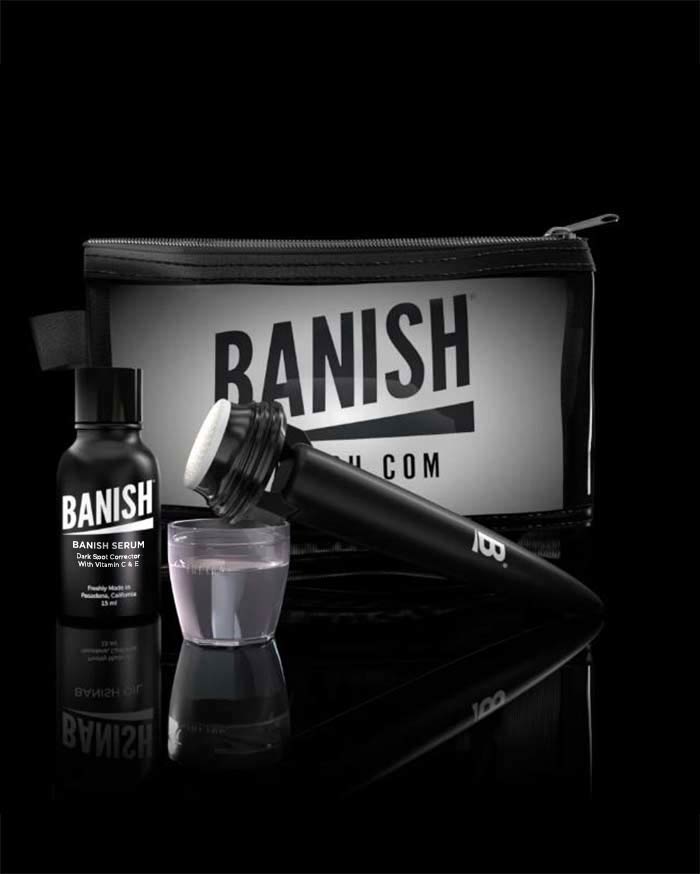
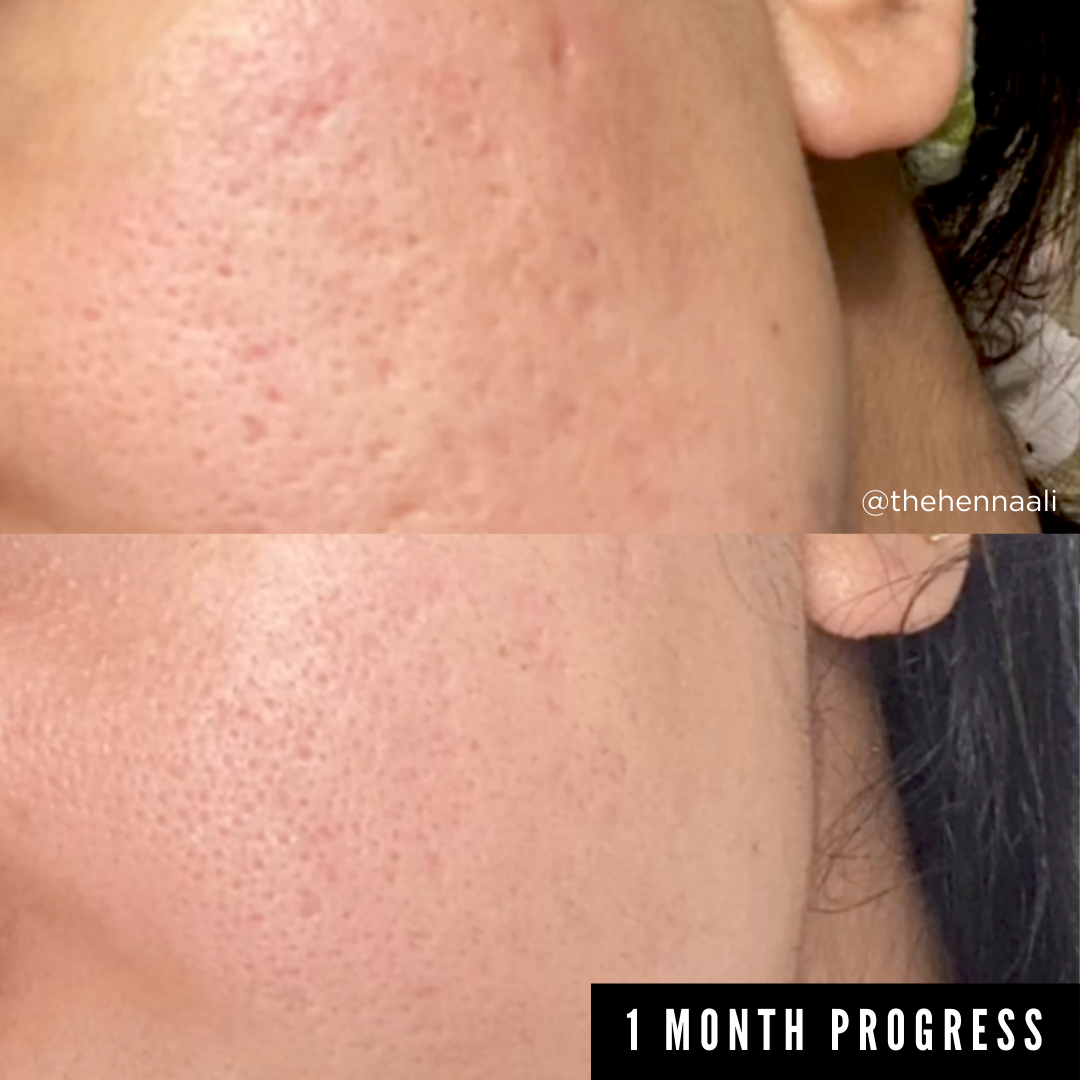
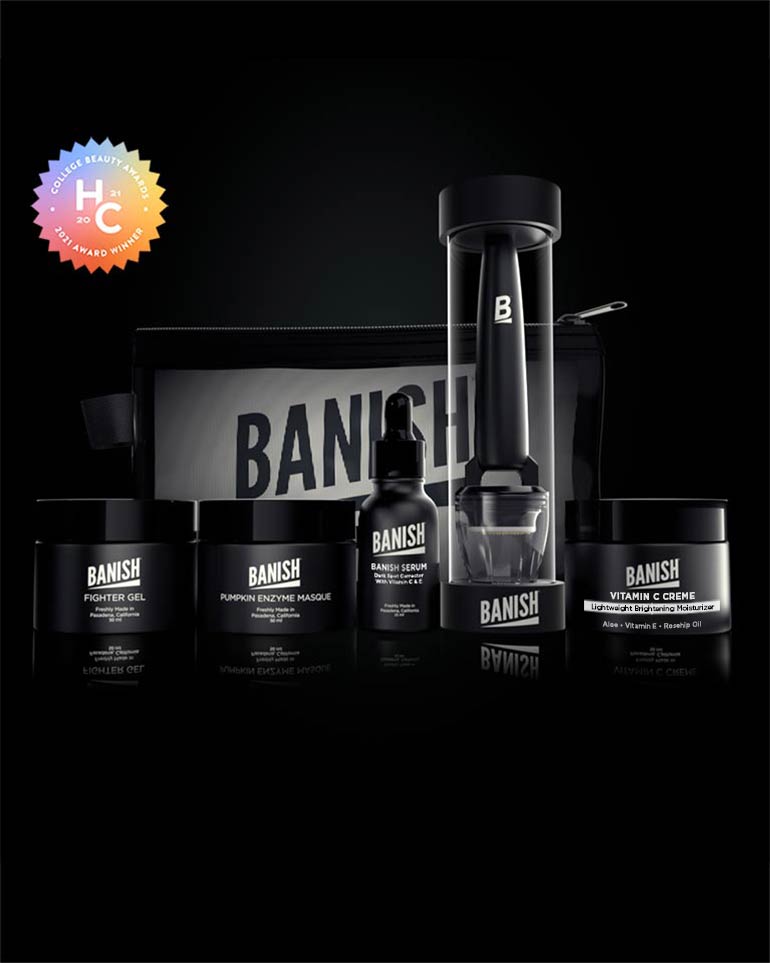
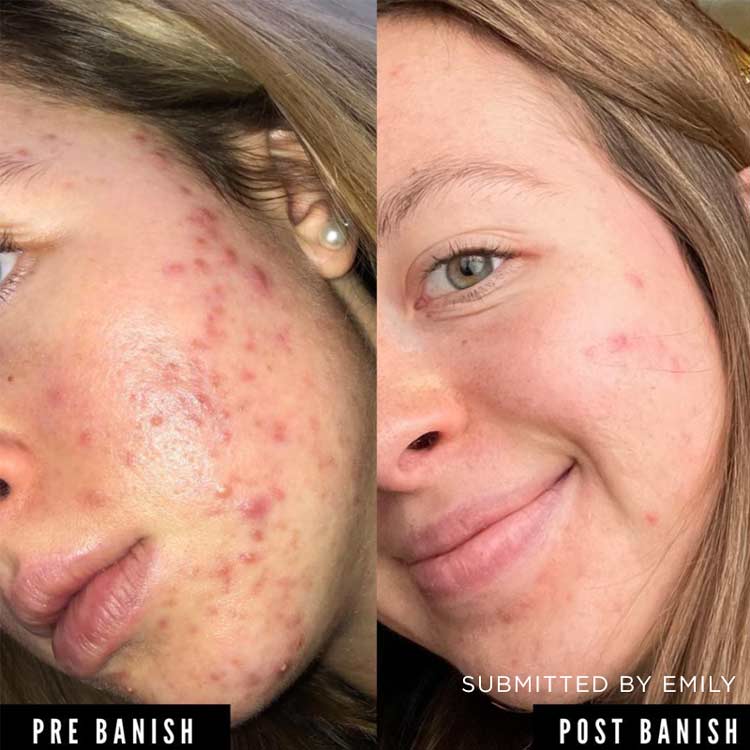
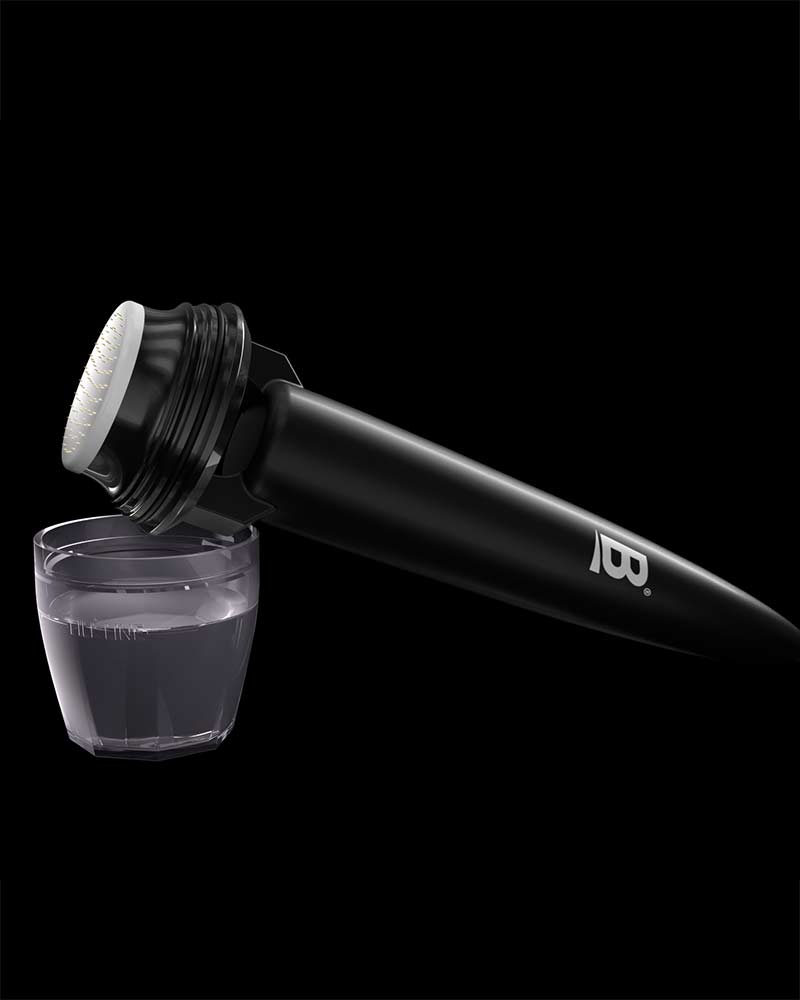

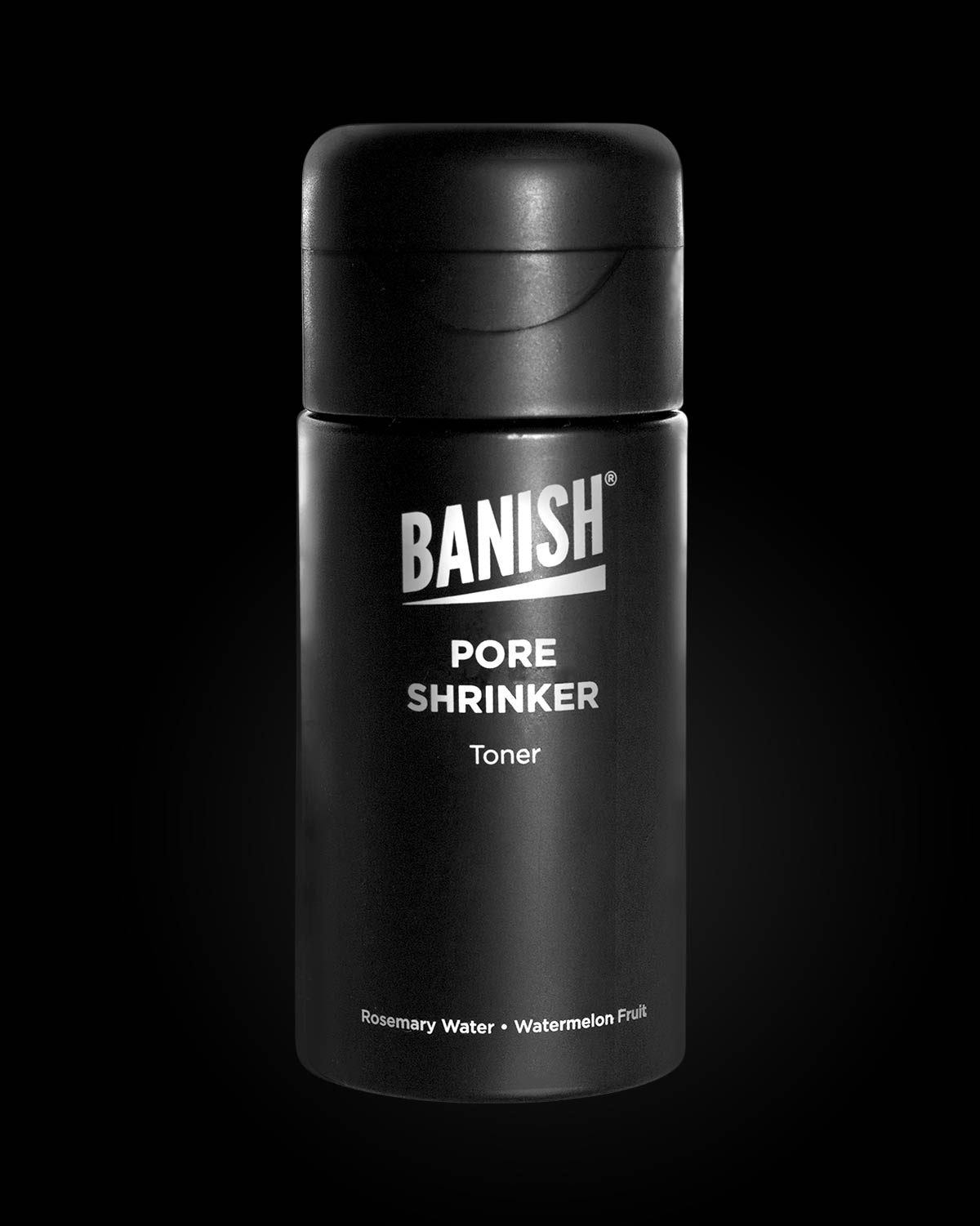
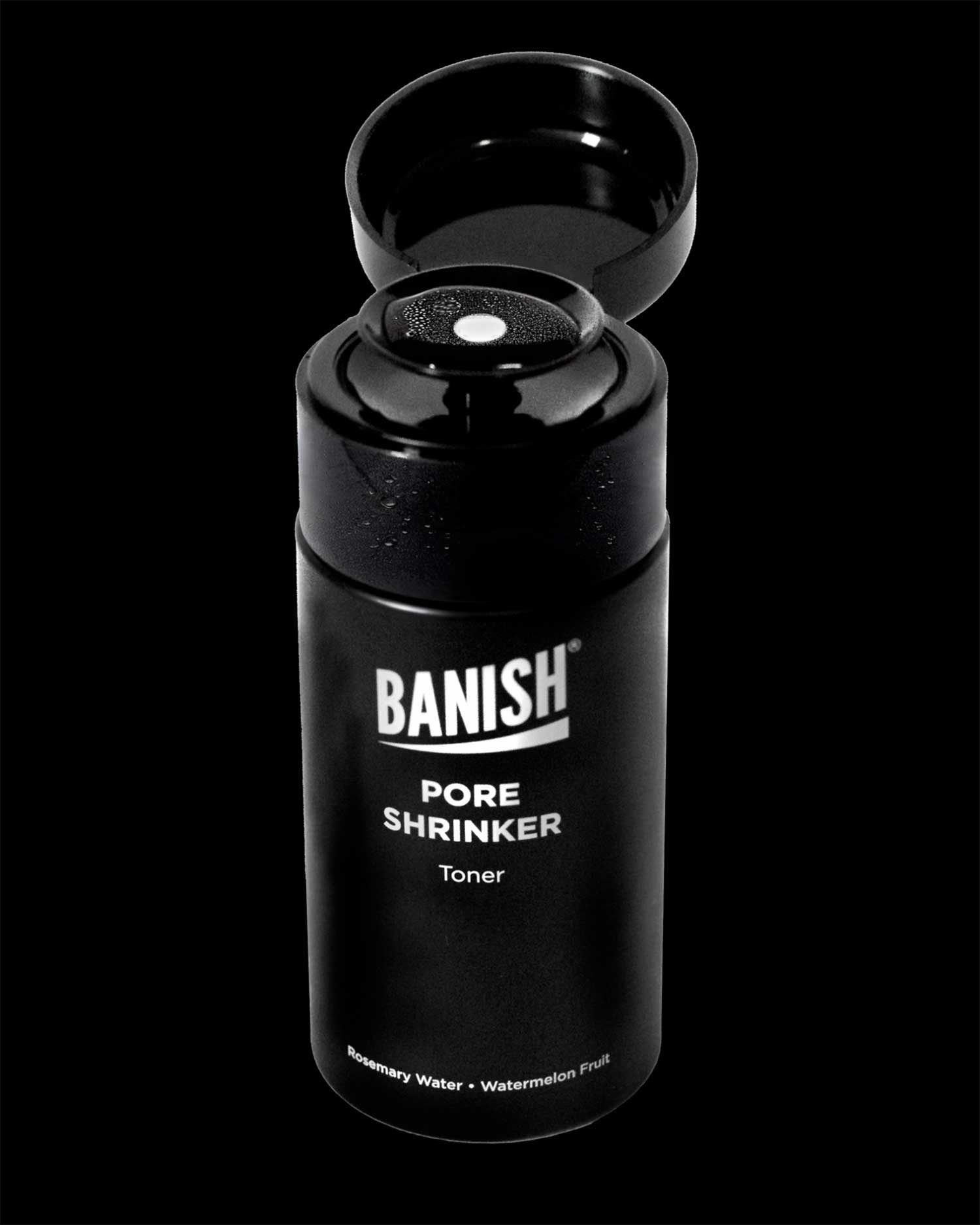
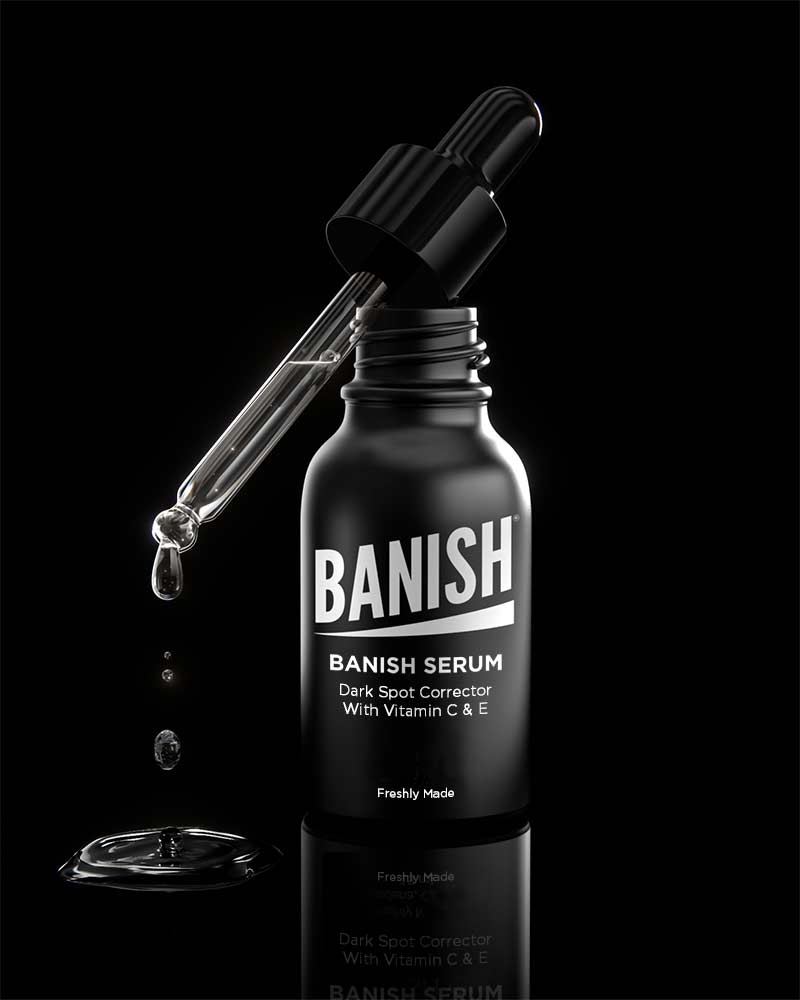

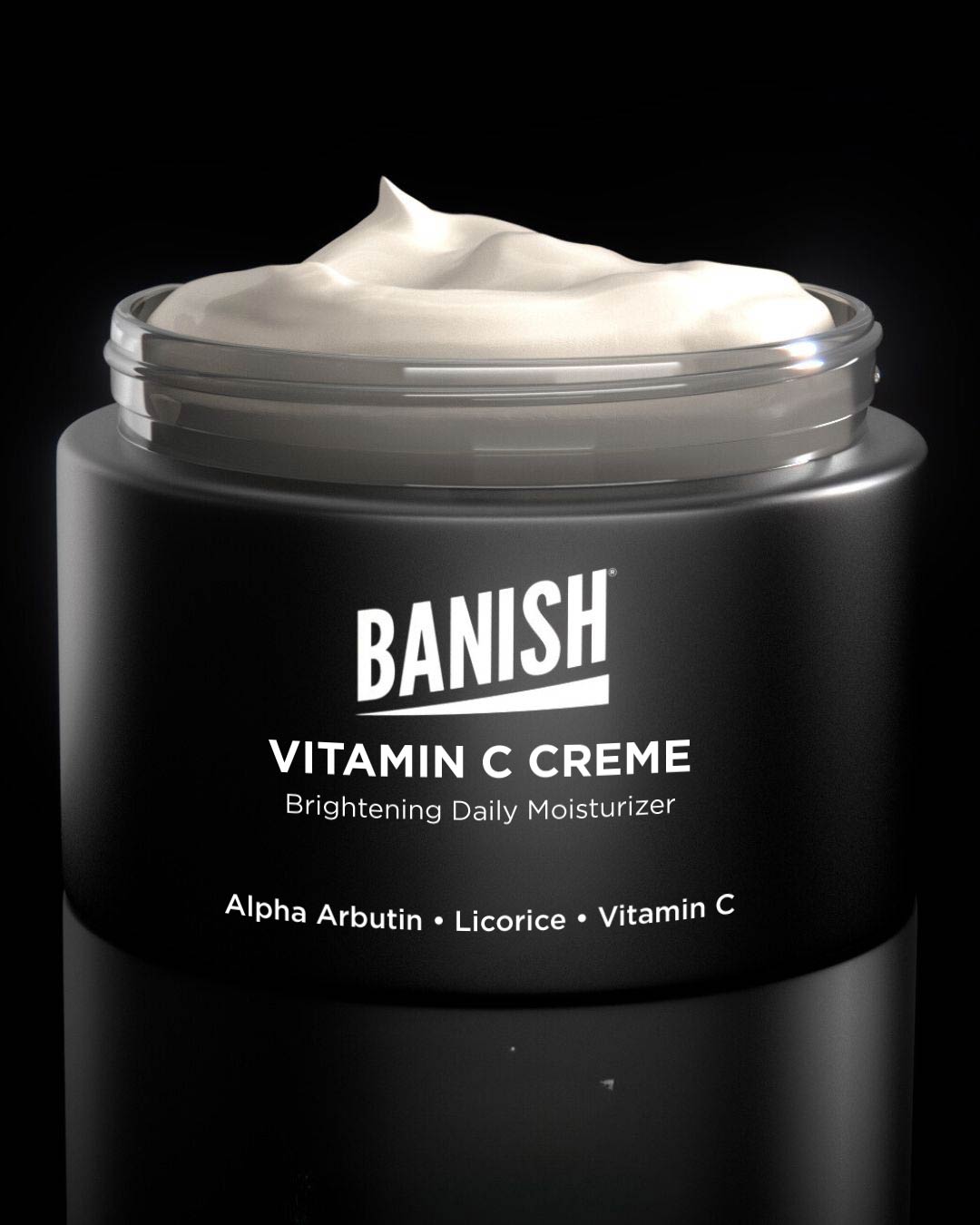

Leave a comment
All comments are moderated before being published.
This site is protected by reCAPTCHA and the Google Privacy Policy and Terms of Service apply.